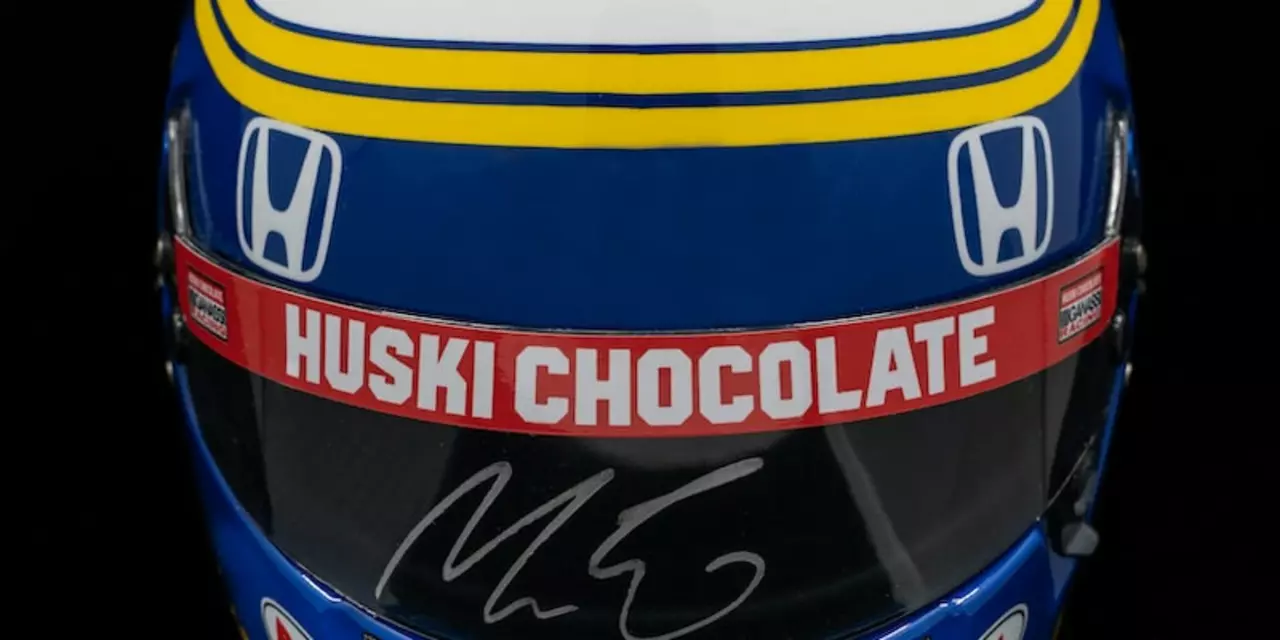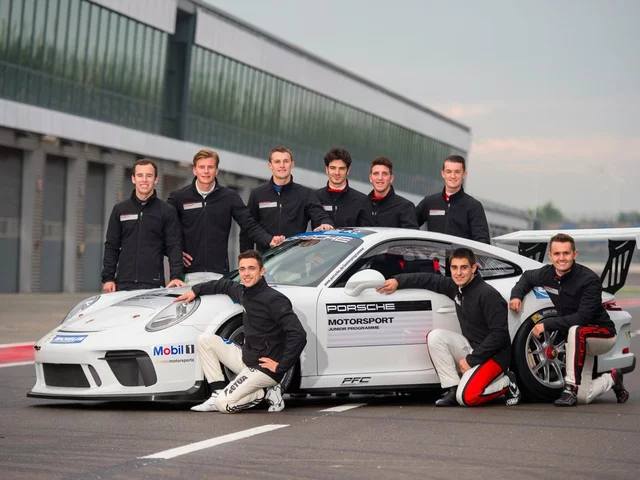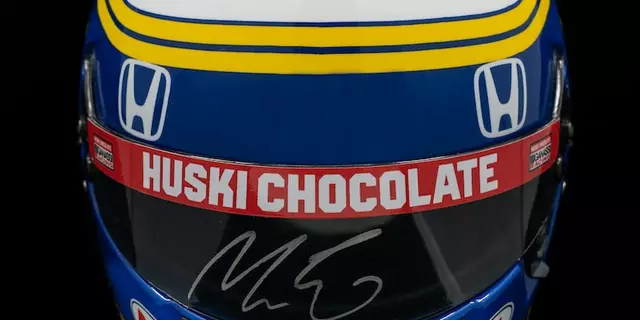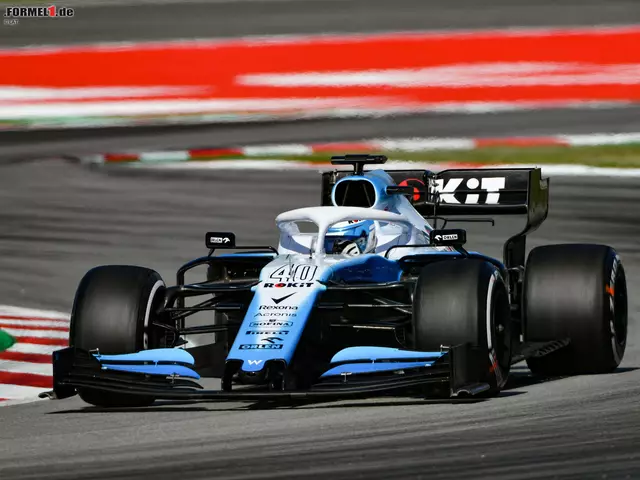Formula 1: The Fastest World of Motorsport
Ever wonder why Formula 1 feels like the ultimate rush? It’s not just the loud engines or the glittering cars – it’s the blend of raw speed, razor‑sharp skill, and high‑tech engineering that makes every race a heart‑pounding show. If you love speed, you’ve probably heard the names Valtteri Bottas, Lewis Hamilton, or Max Verstappen, but the magic goes deeper than any driver’s fame.
First off, the speeds are insane. In 2016, Bottas hit 231.5 mph on the long straights at the Mexican Grand Prix, a record that still makes fans gasp. Those numbers come from a mix of aerodynamic tricks, hybrid power units, and tires that stick to the track like glue. When a car is slicing through air at that pace, the driver feels forces up to five times the force of gravity – that’s more than a fighter pilot feels on take‑off.
What Makes F1 So Fast?
The secret sauce is the car’s design. Engineers spend months shaping the front wing, rear wing, and the whole body to cut drag and push down at the same time. A tiny change in wing angle can add a few extra seconds over a 300‑km race. Combine that with a turbo‑charged V6 hybrid engine, and you’ve got a machine that can accelerate from 0 to 100 km/h in under 2.5 seconds.
But speed isn’t just about the machine. Drivers train like marathon athletes. Their heart rates can soar above 180 bpm, and they need split‑second reflexes to manage braking, cornering, and overtaking. Slipstreaming – riding in the draft of the car ahead – can shave off precious tenths of a second, especially on long straight sections. It’s a dance of physics and guts.
How You Can Experience F1 with Subaru
If you’re a Subaru fan, you don’t need a race track to feel the F1 vibe. Subaru’s rally heritage shares the same spirit of precision and adaptability that F1 drivers value. Attend a local motorsport event, join a Subaru owners club, or follow live streams of Grand Prix weekends on the Subaru Motorsport Central forum. You’ll find fans breaking down every corner, sharing telemetry screenshots, and debating which driver handled a tricky wet lap the best.
Many Subaru owners also take part in track days where you can test your own car’s handling limits. While a Subaru can’t hit 230 mph, the lessons about braking points, weight transfer, and tire grip are transferable. Understanding how a Formula 1 car manages downforce can help you tweak your Subaru’s suspension setup for better cornering.
Finally, keep an eye on Subaru’s involvement in an upcoming ‘green racing’ initiative. The brand is exploring hybrid technologies that echo the energy‑recovery systems in F1 power units. Staying updated on these projects gives you a front‑row seat to the future of high‑performance, eco‑friendly racing.
So whether you’re watching the latest Grand Prix, debating lap times on a forum, or hitting the track with your Subaru, the excitement of Formula 1 is within reach. It’s all about speed, skill, and the thrill of pushing limits – and you’re already part of that community.








